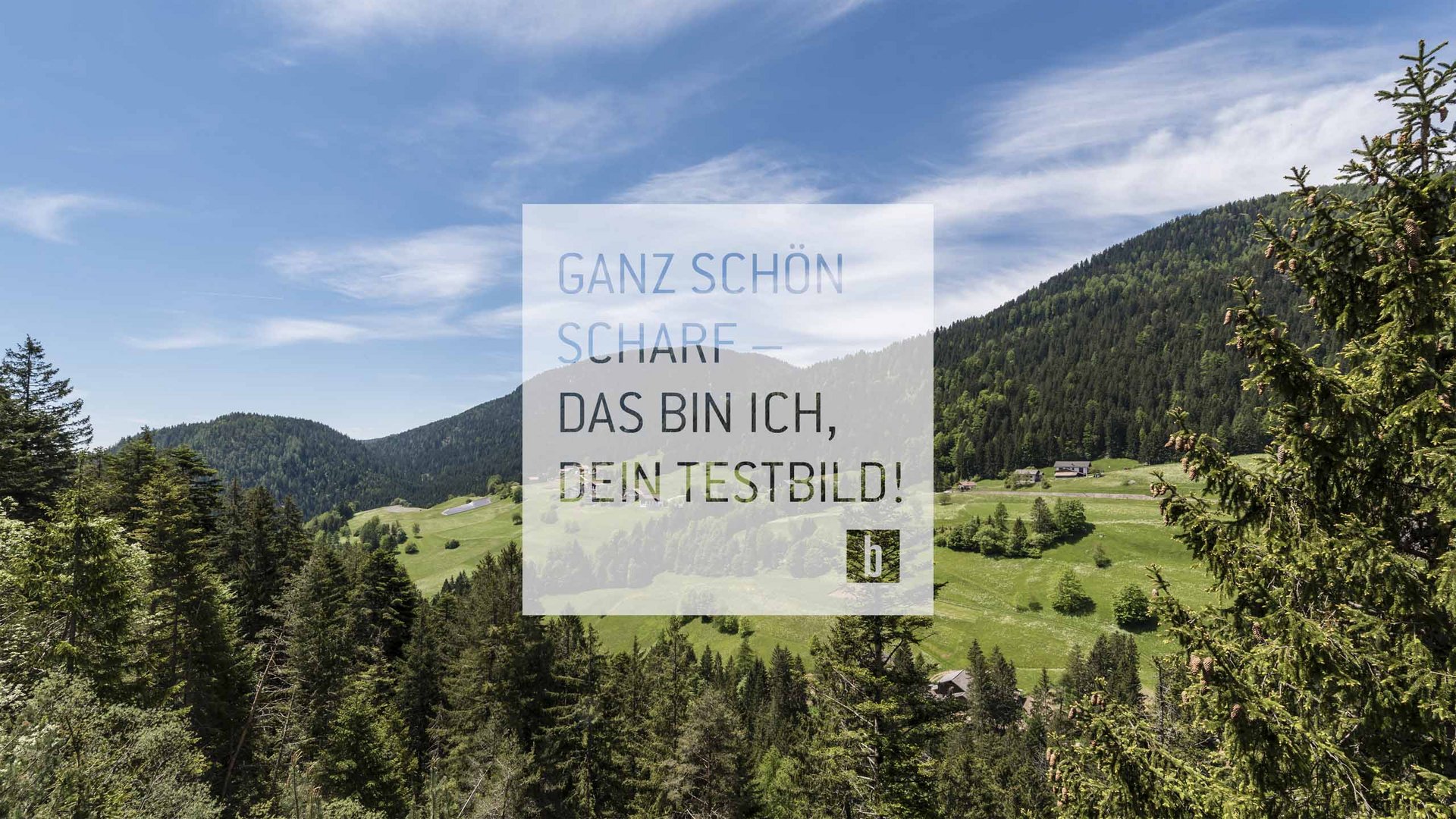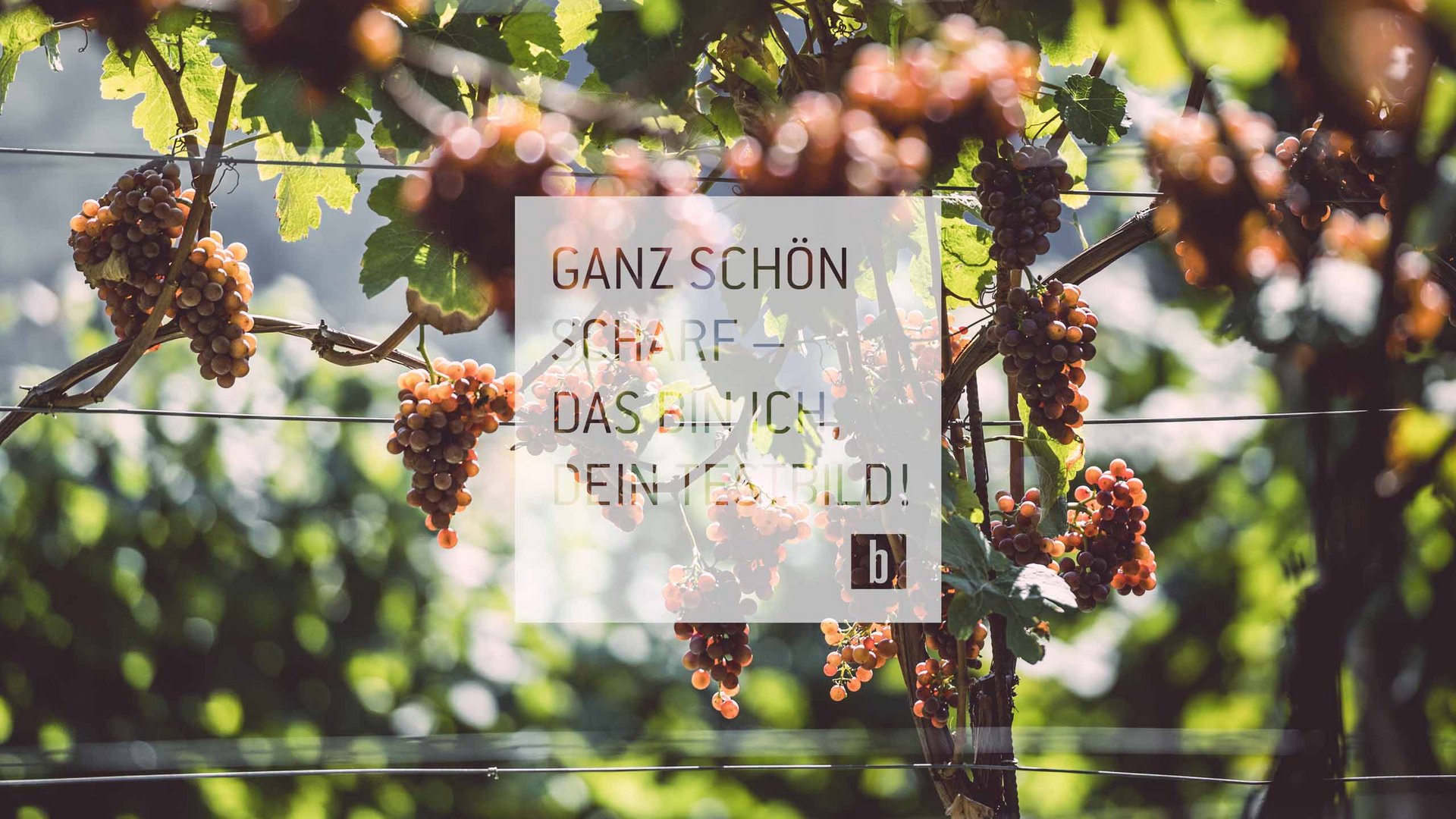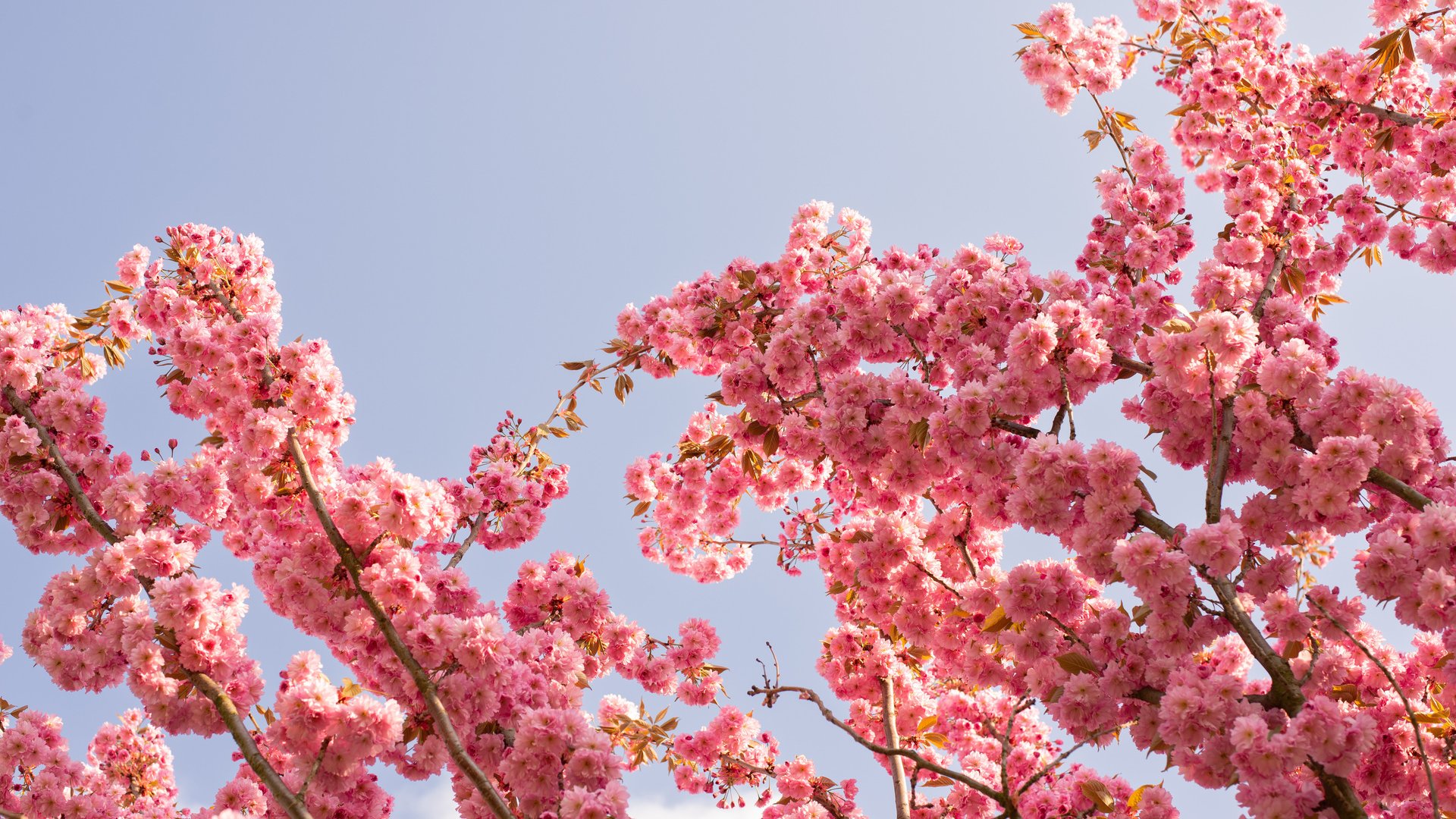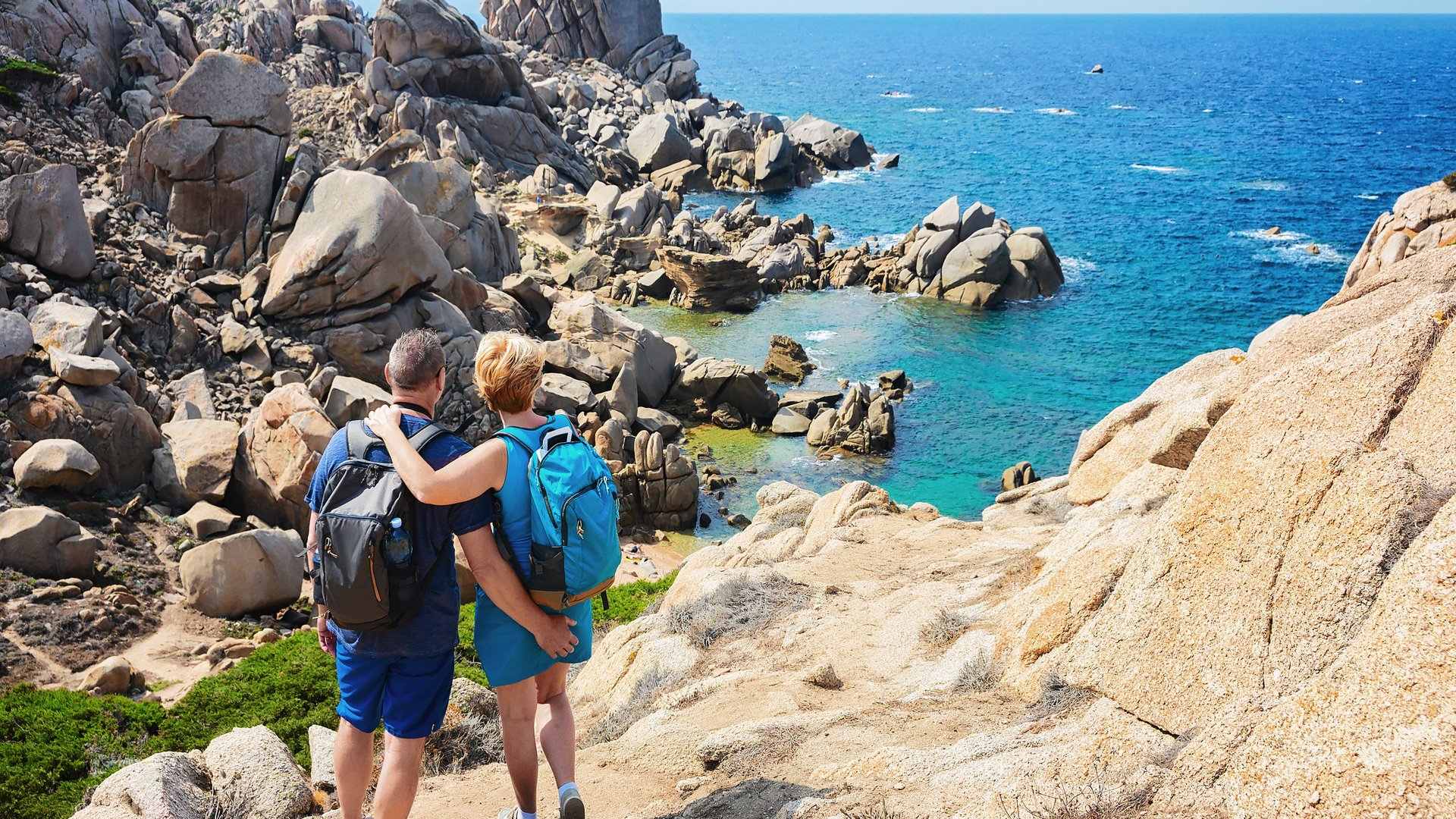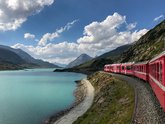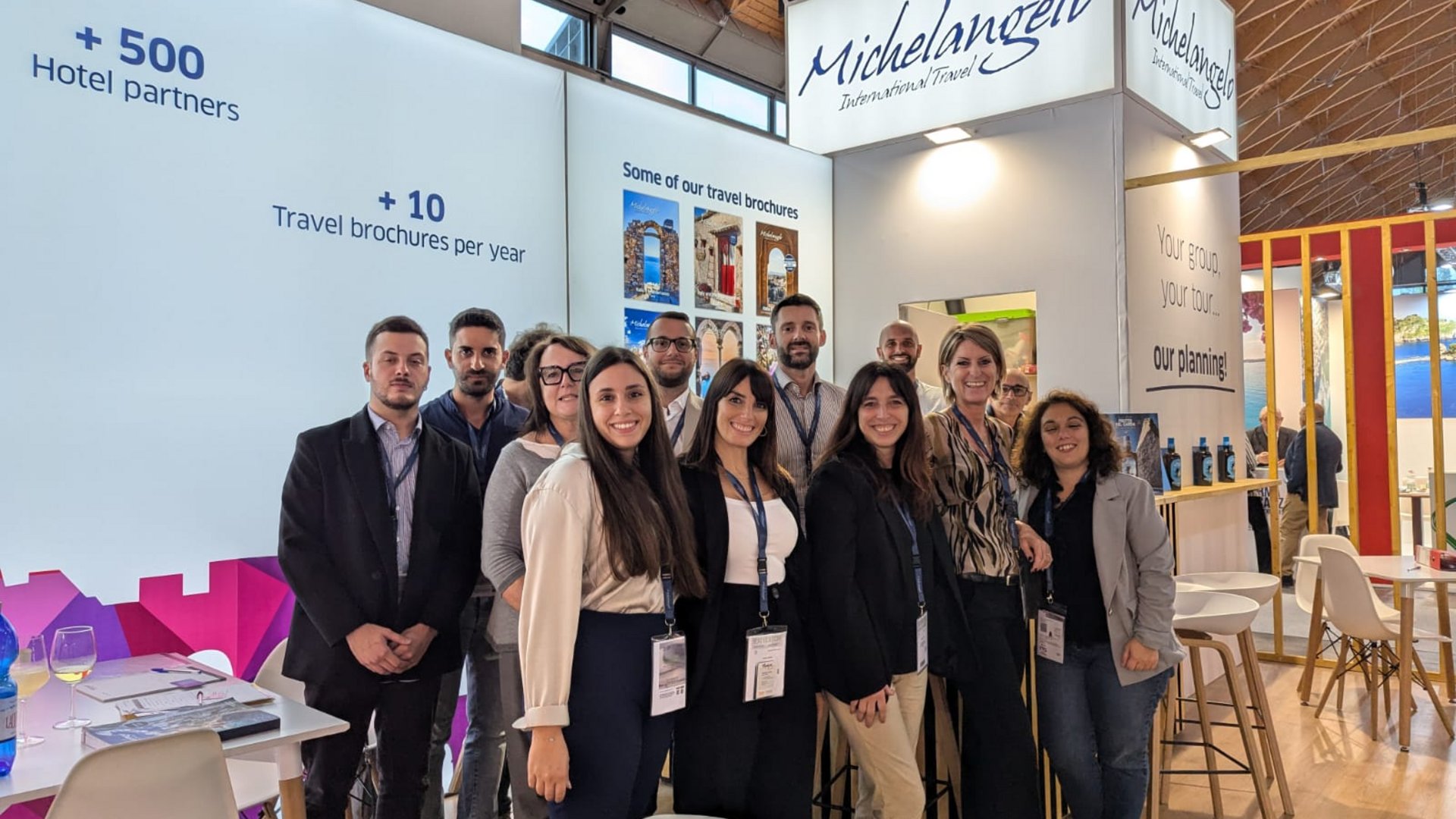Your trusted partner for group tours and DMC services in Italy & the Mediterranean
Michelangelo International Travel
Are you looking for a reliable incoming group tour operator and DMC specializing in land services for group tours, small group tours, and escorted tours across Italy, Spain, Portugal, the Balkans, Malta, and Corsica? With over 35 years of experience, Michelangelo International Travel is your expert partner for delivering memorable and seamlessly organized travel experiences tailored to suit your groups' specific needs.
Our in-depth local knowledge, extensive supplier network, and commitment to quality ensure that your clients enjoy exceptional tours while you benefit from hassle-free planning and flawless execution. Whether you're organizing a large group tour or an exclusive small group experience, we are here to support you every step of the way.
Discover our wide range of destinations, explore unique tour packages, and let us help you create unforgettable journeys that keep your clients coming back for more. As a leading DMC, Michelangelo International Travel is dedicated to delivering unmatched excellence and customer satisfaction in every tour.
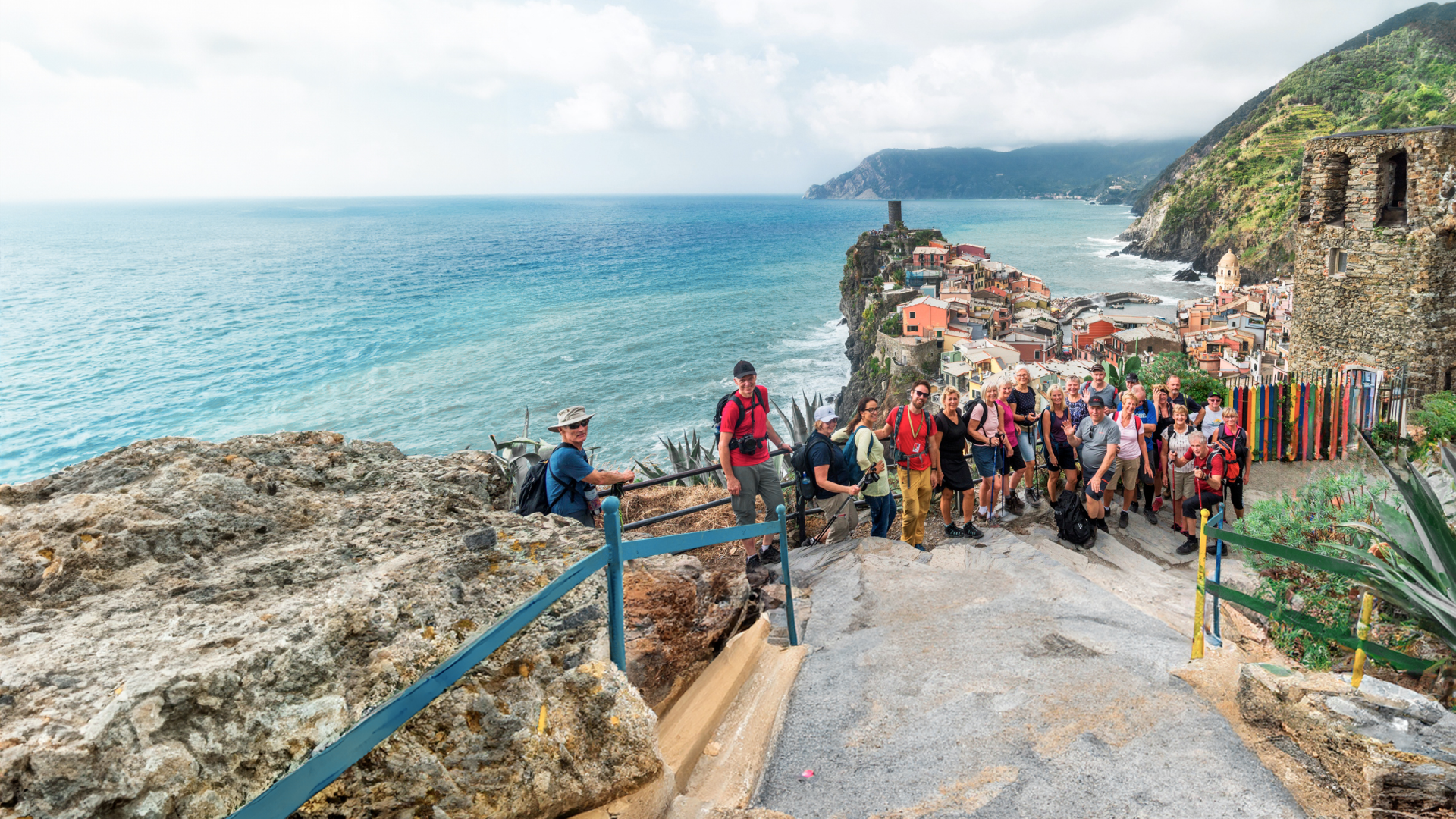
Michelangelo International Travel - Your expert travel wholesaler in Italy
From initial concept to final farewell, our travel experts at Michelangelo International Travel are with you every step of the way. We specialize in organizing custom group tours for all types of groups, from international tour operators to local clubs and everything in between. Whether you dream of iconic city escapes like Florence or taking in an exhilarating open-air opera, we tailor each tour to your group’s unique desires. Our commitment to flawless execution, combined with a touch of Italian flair, ensures a seamless and enriching experience for your clients. Let our travel wholesaler in Italy handle the logistics, from hotel bookings and event tickets to on-the-ground support, so your guests can focus on creating lasting memories. With Michelangelo International Travel, your group tour is in expert hands.
activo: Hiking & Biking Tours for Groups
Culture: All-Time Favourites
Events: Celebrations of Culture & Tradition
Yoga: Retreats & Peaceful Places
Divino: Religious Tours
Nature: Parks & Gardens
Music: Opera & Concerts
Borghi: Italy's Finest Villages
Gusto: Food & Wine
Where will your group go next?
Michelangelo: seamless group tour planning and execution
Our customized group tours are meticulously designed to meet the unique needs of your clientele, catering to travel agencies, group and bus tour operators, associations, corporations, and private groups alike. Whether it’s an active adventure amidst the snow-capped peaks of the Dolomites or a sun-soaked escape along the Mediterranean coast, Michelangelo International Travel’s thematic group trips offer a diverse array of itineraries to captivate you and your clients. As a leading DMC for Italy, the Iberian Peninsula and the Merditerrnean, we handle every aspect of your group tour, from accommodation and transportation to customized activities and exclusive access, ensuring a flawless experience from start to finish. Entrust your group business to Michelangelo International Travel, and our dedicated team of travel professionals will make sure your group tours run without a hitch.

